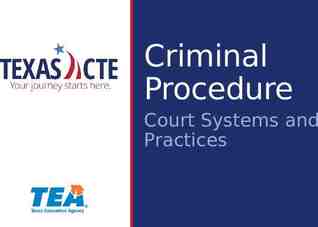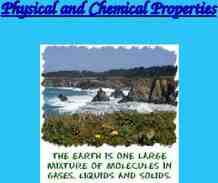MS2 LCW system reconfiguration Jennifer Chikelu July 9, 2020
12 Slides842.99 KB

MS2 LCW system reconfiguration Jennifer Chikelu July 9, 2020 Second presentation.

AGENDA P&ID update (parallel/series which is recommended?) Specifications and operating conditions. AFT fathom modelling for secondary loop. Heat exchanger sizing by vendor Chiller pump sizing Reservoir sizing for secondary loop.

P&ID 500 gpm optional 680 gpm

Parallel / series chiller I think Parallel arrangement of the chillers is better than series arrangement for the following reasons. Flow rates: In a series connection higher flow rate enters and leave the system, and will not make the equipment run more efficiently, as compared to when the flow rate is equally distributed. Pressure drops: There will be higher pressure drops in chiller if in series than in parallel Since we are dealing with more viscous fluid, the pumps may not handle the high flow rates if connected in series. Higher maintenance, and will be more difficult to switch to higher cooling load when system needs to be upgraded.

Specifications and design calculations Given; Total system heat load to be 1MW or 3,412,142 Btu/hr. Cooling liquid in secondary loop is 40% by vol glycol and 60% water. The primary loop is just water, design temperature of water supplied to magnets is 90 The secondary loop cooling liquid inlet is also assumed to be at 65 The volumetric flow rate in primary loop is estimated to be 680 gpm, while secondary loop is assumed to be 500 gpm. Piped in 4”-5” SCH 10. The LMTD for parallel flow in HX was calculated to be, 21.5 OR 12 The LMTD for counter flow in HX was calculated to be, 24.6 OR 13.7

SIZING HEAT EXCHANGER PLATE AND Vendor sized theFRAME HE at constant cooling fluid flow of 500 gpm and hot fluid flow at 350, 500 and 700 gpm.

HE sizing From the sizing the 500-500 gpm run gave the closest requirement for heat exchange with is 1 MW (3412,412 Btu/hr). Also the 4” pipe size connection will have a velocity of up to 11 ft/sec. Is that okay?

Final temperature If we decide to cool 500 gpm of water out of 680 gpm of warm liquid, the estimated final temperature going to the magnets. 500 gpm 680 gpm The temperature was estimated @ 90 F @ 93.7 F Using the formula, Enthalpy in Enthalpy out. 180 gpm @ 104 F Estimated temperature delivered to the magnet Is approximately 94 F. If the value is too high we can recalculate the heat transfer to give a lower value of temperature, coming out of HE.

Chiller pump sizing. The chiller will have pump sized to meet refrigeration flow needs around the secondary loop. AFT fathom model was ran to see flow requirements, and the system was modelled as a ethylene glycol system at 70 F. The head requirement for the pump from the simulation would be about 16.5 psig 34 ft. Calculated power requirement and NPSHA is shown in pump summary. Pump displacement At pump speed of 1170 rpm, displacement is 98.7 At pump speed of 1760 rpm, displacement is 63.6 The right pump size can be 4*4*6 or 4*4*8 (need to verify from vendor).

Chiller pump sizing for parallel flow. The chiller will have pump sized to meet refrigeration flow needs around the secondary loop. AFT fathom model was ran to see flow requirements, and the system was modelled as a ethylene glycol system at 70 F. The head requirement for the pump from the simulation would be about 16.5 psig 34.2 ft. Calculated power requirement and NPSHA is shown in pump summary. Pump displacement At pump speed of 1170 rpm, displacement is 49.4 At pump speed of 1760 rpm, displacement is 31.8 The right pump size can be 3*3*6 or 2*2*10 (need to verify from vendor).

Reservoir sizing for secondary loop The purpose of the reservoir is to make-up cooling fluid as a result of leak in the secondary loop or air-bubble flow. Assumptions made: In a closed loop system, without loss to the external environment. Air bubbles/aeration in the closed loop hydraulic system can be removed by introducing fluid into the loop while opening an air valve to remove air. How do I estimate the make up fluid, is it by assuming a percentage of original fluid needed? Say 0.01% of fluid flow (500 gpm flowrate) which is 0.05 gal/min, approximately 72 gal/day. Other options include the use of bubble eliminator.







